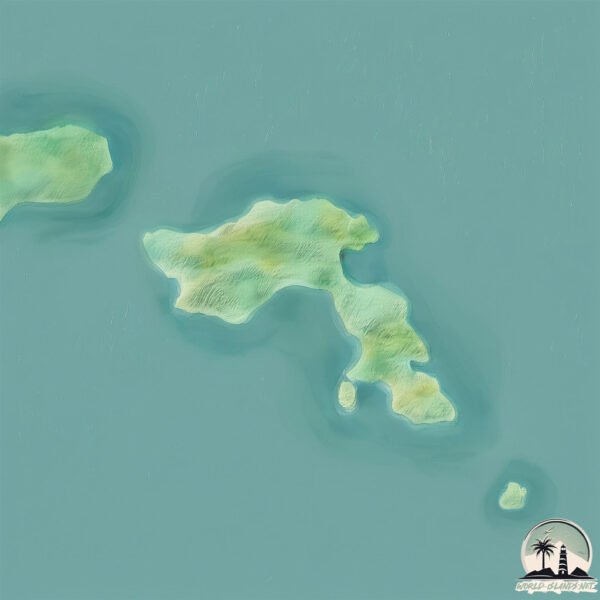Bixia Shan

Welcome to Bixia Shan, a Temperate island in the Eastern China Sea, part of the majestic Pacific Ocean. This guide offers a comprehensive overview of what makes Bixia Shan unique – from its geography and climate to its population, infrastructure, and beyond. Dive into the details:
- Geography and Size: Explore the island’s size and location.
- Climate and Weather: Weather patterns and temperature.
- Topography and Nature: Uncover the natural wonders of the island.
- Infrastructure and Travelling: Insights on reaching, staying, and making the most of your visit.
- News and Headlines: Latest News.
Geography and size of Bixia Shan
Size: 1.211 km²
Coastline: 10.5 km
Ocean: Pacific Ocean
Sea: Eastern China Sea
Continent: Asia
Bixia Shan is a Small Island spanning 1.2 km² with a coastline of 10.5 km.
Archipel: –
Tectonic Plate: Okinawa – Located in the East China Sea, near the Ryukyu Islands and Taiwan, it’s involved in the subduction zone between the Philippine Sea Plate and the Eurasian Plate.
The geographic heart of the island is pinpointed at these coordinates:
Latitude: 30.78710445 / Longitude: 122.78180009
Climate and weather of Bixia Shan
Climate Zone: Temperate
Climate Details: Humid Subtropical Climate
Temperature: Hot Summer
Climate Characteristics: With continuous rainfall and hot summers, this climate is common in some coastal regions, supporting diverse vegetation.
Topography and nature of Bixia Shan
Timezone: UTC+08:00
Timezone places: Australia/Perth
Max. Elevation: 48 m
Mean Elevation: 24 m
Vegetation: Sparse Vegetation
Tree Coverage: 81%
The mean elevation is 24 m. The highest elevation on the island reaches approximately 48 meters above sea level. The island is characterized by Plains: Flat, low-lying lands characterized by a maximum elevation of up to 200 meters. On islands, plains are typically coastal lowlands or central flat areas.
Dominating Vegetation: Sparse Vegetation
These regions have limited plant growth, typically due to extreme conditions like aridity or poor soils. Vegetation is scattered and consists of hardy plant species. Bixia Shan has a tree cover of 81 %.
Vegetation: 4 vegetation zones – Diverse Island
Four distinct vegetation zones mark these islands as ecologically diverse. They might feature varied landscapes such as forests, beaches, grasslands, and rocky areas. Such diversity reflects the island’s complex ecological interactions and varied habitats, which can support a rich array of wildlife and plant species.
Infrastructure and Travelling to Bixia Shan
Does the island have a public airport? no.
There is no public and scheduled airport on Bixia Shan. The nearest airport is Zhoushan Putuoshan Airport, located 105 km away.
Does the island have a major port? no.
There are no major ports on Bixia Shan. The closest major port is ZHOUSHAN, approximately 115 km away.
The mean population of Bixia Shan is 830 per km². Bixia Shan is Densely Populated. The island belongs to China.
Continuing your journey, Sijiao Shan is the next notable island, situated merely km away.
🌊《山河剑心》Thousand Autumns | EP01-16 | 💥MUTI SUB | Donghua



China is classified as Emerging region: BRIC: Brazil, Russia, India, and China – Economies noted for their rapid growth and increasing influence on global affairs. The level of income is Upper middle income.
News – Latest Updates and Headlines from Bixia Shan
Stay informed with the most recent news and important headlines from Bixia Shan. Here’s a roundup of the latest developments.
Please note: The data used here has been primarily extracted from satellite readings. Deviations from exact values may occur, particularly regarding the height of elevations and population density. Land area and coastline measurements refer to average values at mean high tide.
